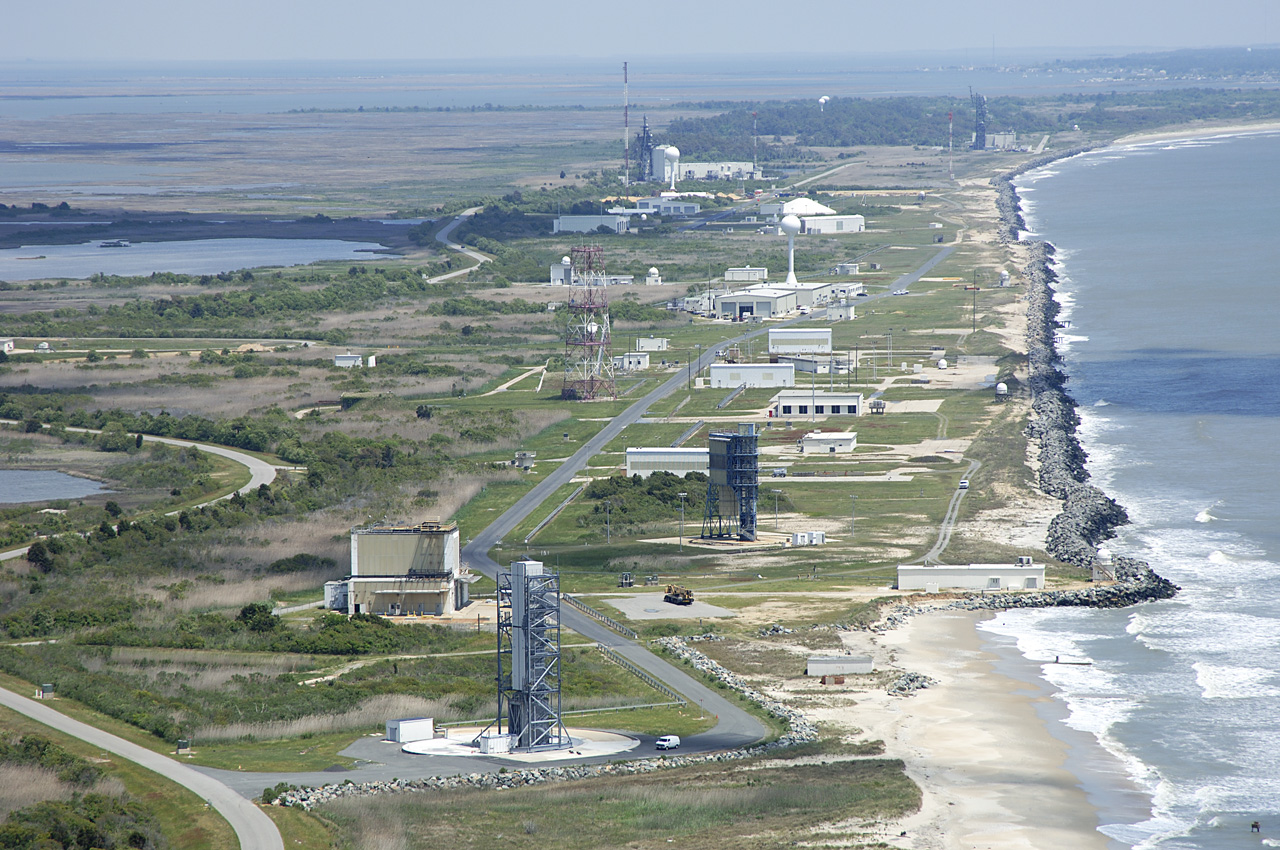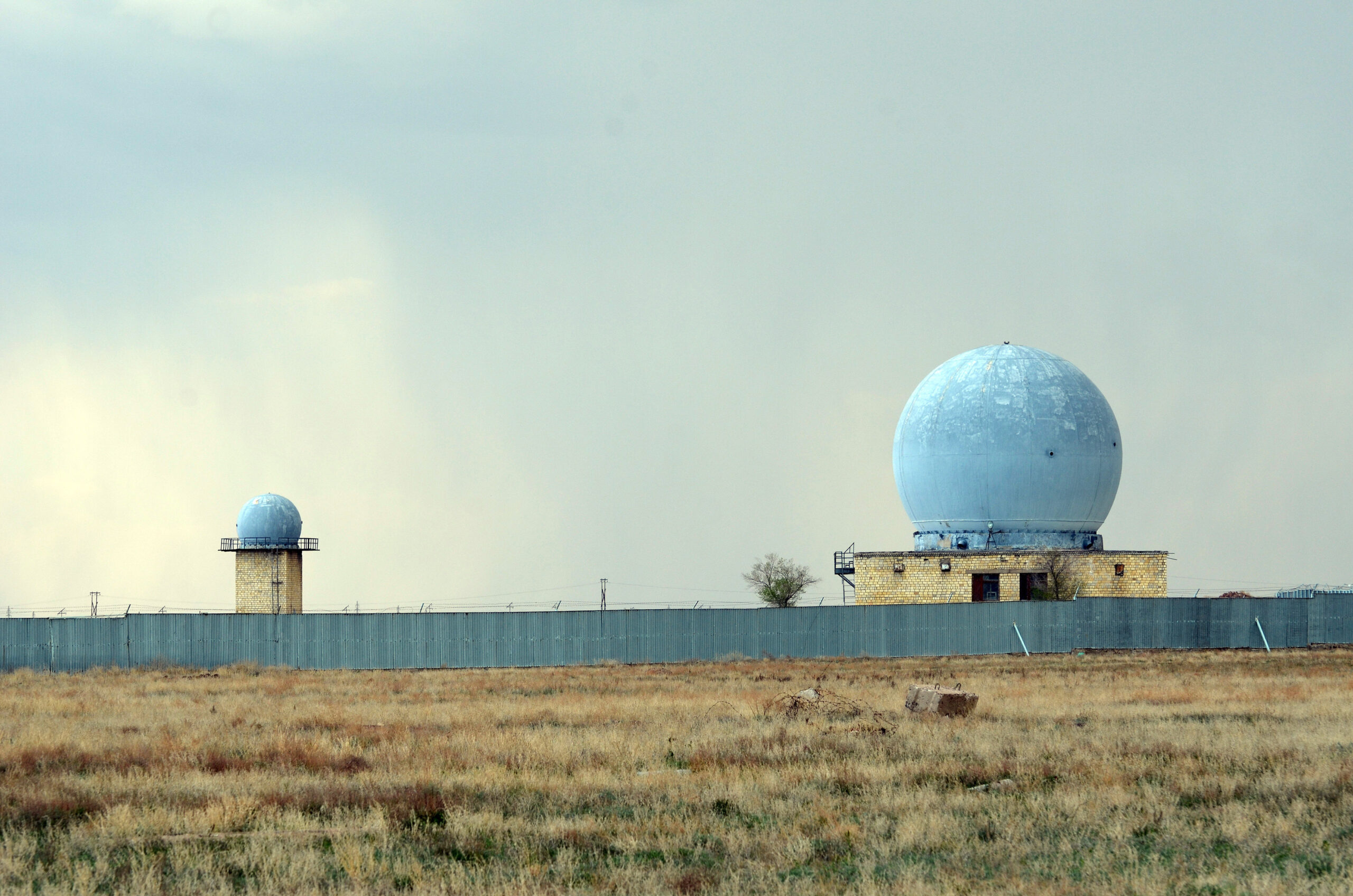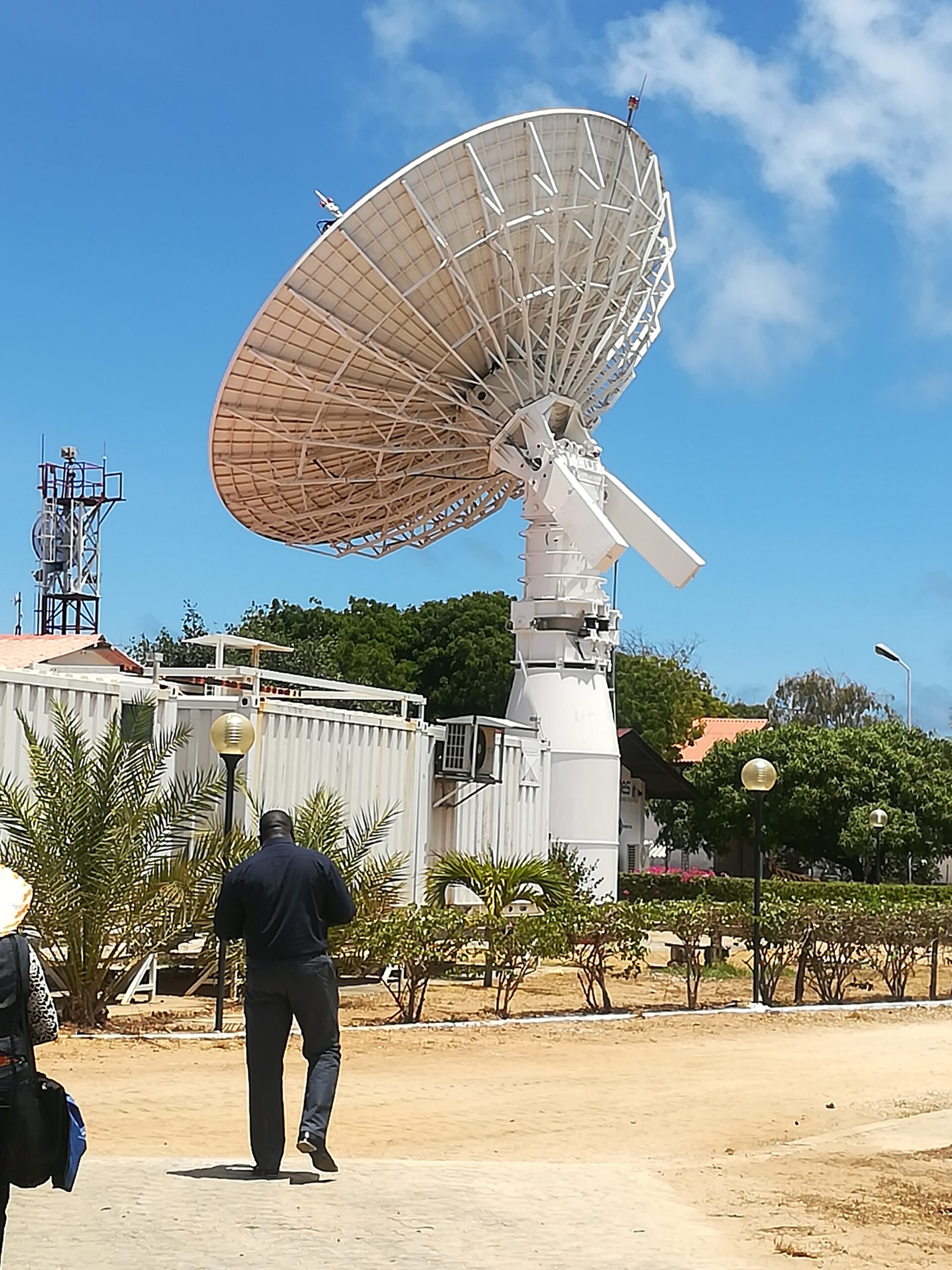The early days of space exploration were marked by groundbreaking achievements and relentless innovation. Many facilities built during this era are now abandoned, but their stories remain captivating. These sites hold echoes of past triumphs and challenges in the race for the stars. Today, they stand as reminders of humanity’s first steps beyond Earth. Exploring these places reveals both their significance and their haunting beauty.
Baikonur Cosmodrome (Inactive Sections), Kazakhstan

The Baikonur Cosmodrome remains active, but many sections have been left to decay over time. Originally built by the Soviet Union, it was the starting point for iconic missions like Yuri Gagarin’s first flight. Some abandoned hangars still house relics of unused or incomplete spacecraft. Rusting infrastructure and weathered control rooms reflect the site’s immense historical value. These unused areas contrast sharply with the bustling parts of the facility. It’s a stark reminder of the intense efforts that once drove the Space Race. Visiting these areas provides insight into the ambitions and challenges of early exploration.
Launch Complex 34, Cape Canaveral, Florida, USA

Launch Complex 34 is infamous for its role in the tragic Apollo 1 accident. The pad, built for the Saturn I and IB rockets, played a key role in NASA’s lunar ambitions. After its decommissioning, it became a silent monument to past missions. Scorched concrete and rusted towers tell the story of human risk and progress. Today, plaques and remnants honor the lives lost in pursuit of space exploration. The site remains open to visitors who seek to understand its historical significance. Its desolation serves as a poignant reflection on the cost of advancing spaceflight.
Rocketdyne Santa Susana Field Laboratory, California, USA

This sprawling site was vital for testing rocket engines during the mid-20th century. Hidden in the hills of California, it supported advancements in propulsion technology for NASA and the military. The lab saw historic engine tests for programs like Apollo and Space Shuttle. Contaminated by decades of testing, parts of the site remain closed to the public. Weeds now grow through cracked concrete, and empty structures echo the sounds of the past. Cleanup efforts continue as the lab’s legacy lives on in modern spaceflight. Its abandoned state highlights the environmental cost of rapid technological growth.
Duga Radar Station (Chernobyl-2), Ukraine

The Duga Radar Station, also known as the “Russian Woodpecker,” was a Cold War relic tied to early missile defense systems. Towering above the forests near Chernobyl, its massive structure is both eerie and awe-inspiring. Though not directly part of space exploration, it monitored rocket launches and atmospheric events. Its high-maintenance systems became obsolete with advances in satellite technology. Left untouched after the Chernobyl disaster, it’s surrounded by nature reclaiming the land. Rusted beams and sagging antennas now tell the story of its once-critical role. It’s a haunting reminder of how technological ambitions can fade into obscurity.
Apollo Launch Complex 39A (Original Form), Kennedy Space Center, Florida, USA

Apollo Launch Complex 39A was the heart of NASA’s Apollo program. The site witnessed the launch of missions that first carried humans to the Moon. In its original state, it included platforms, gantries, and flame trenches built specifically for Saturn V rockets. After Apollo, the facility underwent extensive modifications for Space Shuttle use. Today, its original features can only be found in historical records and photos. The restructured pad continues to serve modern missions, but its Apollo-era roots are celebrated. Its transformation reflects the evolution of space exploration technologies over decades.
Wallops Island Launch Complex, Virginia, USA (Parts Unused)

Wallops Island remains an active spaceport, yet certain sections have been abandoned. Built for early rocket tests, these areas are now overgrown and neglected. Concrete pads and rusting towers stand as relics of NASA’s early years. Smaller-scale missions once used the site to test cutting-edge technologies. As priorities shifted, these facilities were left to weather the elements. The unused areas now offer glimpses into a time when spaceflight was still experimental. They quietly remind us of how far space exploration has come.
Riese Complex (Wenceslas Mine), Poland

Originally intended as a secret Nazi project, the Riese Complex later saw limited use for research during the Cold War. Hidden in the mountains, it included tunnels and chambers for military and aerospace experiments. The Wenceslas Mine, part of this network, may have been used for early propulsion research. Rusted equipment and eerie tunnels now lie empty, shrouded in mystery. Some theories suggest the site played a role in secret rocket development. Its isolated location makes it a haunting relic of wartime and early scientific efforts. Visitors today find both historical intrigue and a chilling atmosphere.
Fort Churchill Rocket Research Range, Canada

Fort Churchill was a key site for atmospheric and rocket research during the 1950s and 1960s. Located in the harsh environment of Manitoba, it launched sounding rockets to study the upper atmosphere. Over 3,500 rockets were fired from its isolated pads, contributing to early space science. The site closed in the 1980s, leaving behind decaying infrastructure and unused facilities. Harsh weather conditions have accelerated its deterioration over the years. Today, abandoned launch towers and control buildings sit quietly in the tundra. Its history is a testament to Canada’s role in advancing rocket technology.
Redstone Test Stand, Huntsville, Alabama, USA

The Redstone Test Stand in Huntsville was integral to America’s early space program. Built in 1953, it tested the Redstone rocket engines that powered suborbital flights. This facility was also critical in developing engines for the first crewed Mercury missions. As technology advanced, its use dwindled, and the site was eventually abandoned. The towering structure, now weathered and rusted, stands as a reminder of those early milestones. Efforts to preserve the test stand recognize its historical importance. It remains a symbol of Huntsville’s role in space exploration.
Soviet N-1 Launch Complex, Baikonur Cosmodrome, Kazakhstan

The N-1 Launch Complex was built to support the Soviet Union’s lunar ambitions. This massive facility housed the gigantic N-1 rocket, designed to rival NASA’s Saturn V. After several failed launches, the program was canceled in the 1970s, and the site was abandoned. Rusting gantries and damaged infrastructure now dominate the area. The complex represents the high stakes of the Space Race and the USSR’s setbacks. Parts of the launch pad remain hazardous due to lingering rocket debris. It’s a haunting relic of an era defined by bold aspirations.
Sary Shagan Testing Range, Kazakhstan

The Sary Shagan Testing Range served as a major site for Soviet missile and rocket research. Established in the 1950s, it supported tests for advanced defense and space technologies. Large, barren landscapes surround abandoned launch pads and control centers. Some areas were used to test components for anti-satellite systems. Today, remnants of radar stations and missile silos are scattered across the site. Its history reflects the USSR’s intense focus on military and aerospace innovation. Visitors often find the eerie, deserted facilities fascinating yet unsettling.
Skylark Tower, Woomera, Australia

The Skylark Tower was a prominent part of Australia’s Woomera Rocket Range. It supported the launch of the Skylark sounding rockets, which studied atmospheric conditions. Operations peaked during the 1950s and 1960s before declining in later decades. The tower now stands unused, with rusting metal framing the desolate desert landscape. It remains a significant artifact of Australia’s contribution to early space research. The surrounding area is dotted with remnants of other launch infrastructure. Despite its condition, the tower still attracts space history enthusiasts.
White Sands Missile Range, New Mexico, USA (Various Unused Sections)

White Sands Missile Range played a pivotal role in testing early rockets and missiles. Spread across vast desert terrain, it hosted some of America’s first V-2 rocket launches. While the range remains active, many original sections have fallen into disuse. Crumbling launch pads and empty bunkers reflect the site’s rich history. Early rocket experiments here paved the way for later successes in space exploration. The unused areas now stand as reminders of how far technology has come. Visitors find its mix of history and isolation intriguing.
Gagarin’s Start (Inactive Launch Pads), Baikonur, Kazakhstan

Gagarin’s Start is famed as the launch pad for Yuri Gagarin’s historic flight into space. While some parts remain operational, others have been left unused for decades. Old gantries and control equipment sit idle, weathered by time and neglect. These abandoned sections highlight the shift in focus to newer technologies. The site carries immense symbolic weight as the birthplace of human spaceflight. Its mix of active and inactive areas offers a unique contrast. It remains a key destination for those interested in space history.
Broglio Space Center (Partially Abandoned), Malindi, Kenya

The Broglio Space Center was an ambitious collaboration between Italy and Kenya in the 1960s. Located near the equator, it launched satellites into optimal orbits for scientific research. Over time, parts of the facility fell into disuse, leaving rusted launch platforms and control buildings. The site still supports limited activity but is largely overshadowed by modern spaceports. The abandoned sections reveal a blend of innovation and neglect, surrounded by stunning coastal views. Broglio’s history underscores the global reach of early space exploration efforts. It’s a unique blend of engineering marvels and natural beauty.
This article originally appeared on Rarest.org.
More from Rarest.org
15 Classic Board Games That Are No Longer in Production

Board games have always been a cornerstone of family entertainment and nostalgic fun. However, many beloved games have been discontinued over time. Read More.
12 Largest Airlines in the World

The aviation industry plays an essential role in global transportation, moving millions of passengers across borders and continents each year. Read More.
17 Oldest Board Games in the World

Board games have entertained people for thousands of years. Some of the earliest games date back to ancient civilizations. Read More.
